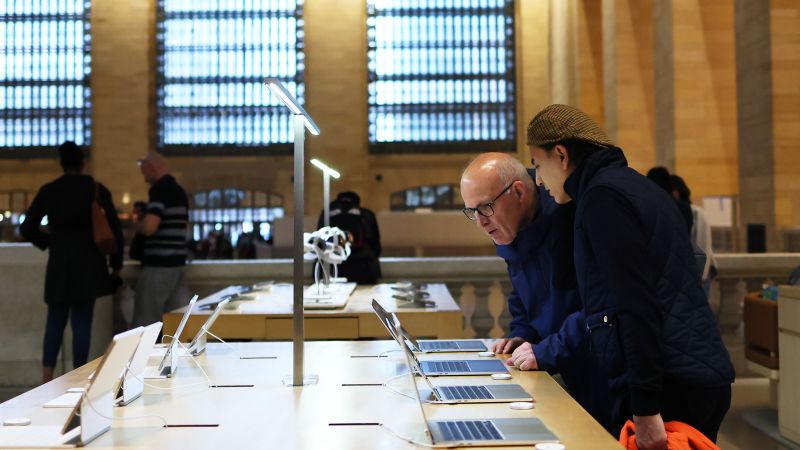Shoppers looking for a new smartphone or computer may avoid tariff-induced price hikes for now. President Donald Trump announced on April 11 that certain electronics, including computers, smartphones, and some components, would not be subject to reciprocal tariffs imposed on imports from China. While tariffs on most Chinese products are now at least 145%, the prices of smartphones and certain devices should remain stable for a short period.
However, with the Trump administration hinting at upcoming tariffs on semiconductors, it remains uncertain if and when tech products might become more expensive in the US. Additionally, current exclusions do not cover many everyday tech products such as charging cables and earbuds.
This uncertainty challenges both consumers and tech companies, which must adjust supply chains and shipments amid fluctuating demand caused by tariff-induced price changes. Francisco Jeronimo, vice president of client devices for the International Data Corporation, noted that planning is nearly impossible for companies under these conditions.
Some reports suggest companies are responding by increasing shipments to the US while exemptions last. Apple’s India-based suppliers reportedly shipped a record number of iPhones to the US in March, valued at nearly $2 billion. PC shipments in the US grew by 12.6% in the first quarter of 2025 as vendors prepared for potential tariffs.
Trump’s tariff policies have caused significant market fluctuations. The S&P 500 experienced its worst week since 2020 earlier this month, but saw gains last week following Trump’s announcement of a 90-day pause on most reciprocal tariffs.
Exclusions specifically mention smartphones, computers, monitors, storage devices, and components like integrated circuits and transistors. However, products like USB charging cables, portable battery packs, headphones, and video game consoles are not included.
Smaller companies, lacking the supply chain flexibility of larger firms like Apple, may struggle to absorb additional tariff costs, likely passing them on to consumers. Many of these ancillary tech gadgets appear to originate from China.
Trump also eliminated the ‘de minimis exemption,’ which allowed packages valued under $800 to enter the US tax-free, impacting the prices of cheaper goods from China.
Price increases on smaller, cheaper items could feel more impactful to consumers. Analyst Jack Leathem noted that a $40 increase on an item feels more drastic than a similar increase on a more expensive product.
New tariffs on semiconductors are expected soon, part of the administration’s effort to reduce US reliance on China and reshore manufacturing. However, shifting iPhone production to the US presents significant challenges due to higher labor costs and logistics.
Companies may shift some production to other regions like the Middle East, Africa, and Latin America. Trump’s tariff policy already impacts tech product launches and shipments, with the US smartphone market growing over 5% in Q1 2025 partly due to urgency to buy before potential price increases.
— new from CNN
